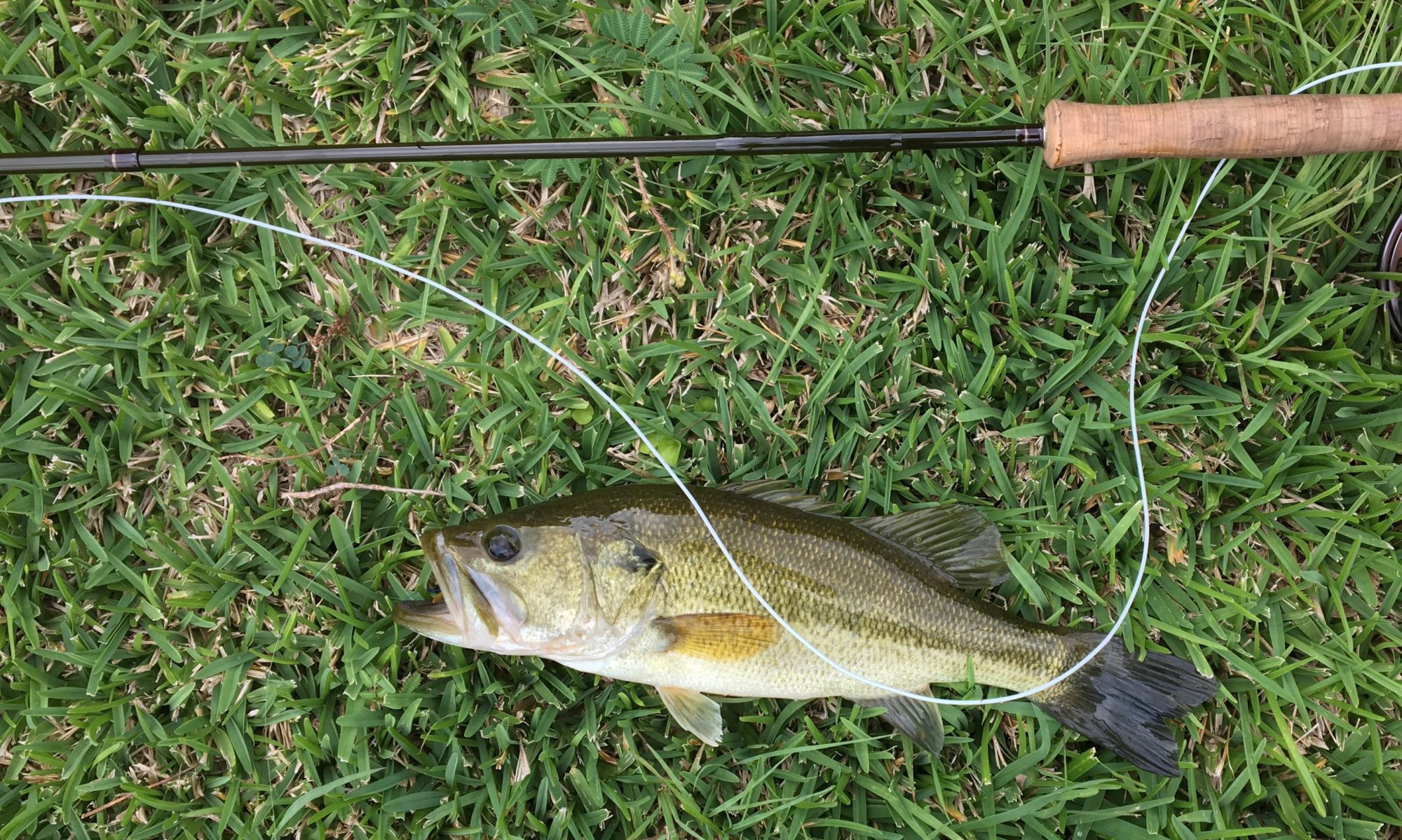I’ve never really wanted to go to Hawaii. People tell me that if you get away from the crowds it’s a beautiful place. I’m sure it is, but it’s never much appealed to me. There are so many other places to see, places with deserts and rivers and such. But damn, Willie Nelson. Willie Nelson now lives in Hawaii. That’s tough to ignore.
The contact I’ve had with Hawaii has been pretty casual. My Dad’s first cousin, Houston O’Neil Thomas, U.S. Navy coxswain and son of Sam Houston Thomas, died on the Arizona at Pearl Harbor. I guess that isn’t exactly casual but it was 15 years before I was born, so it was remote. I’ve looked up his name in the Arizona’s dead, and my great-grandmother, Sam Houston’s grandmother, died ten days later, on December 27, 1941, the second family casualty of World War II. Maybe that run-in with Hawaii explains some of its lack of appeal.
Like a lot of bookish teenagers of a certain age I read James Michener’s Hawaii, and I’ve watched enough episodes of Hawaii Five-O to say “Book ’em Dano” with conviction. For years though I thought the lead actor was Darrin McGavin. I’m not much of an Elvis fan either.
I do like the music, or what I know of it. There’s a particular style of guitar in Hawaii, called slack-key. The name comes from slacking the guitar’s standard tuning to an open tuning. If the 1st and 6th strings are tuned down, slacked, from E to D, and the 5th string is slacked from A to G, the guitar is tuned to a G chord without the left hand–every beginning guitarists dream. The open tuning changes chording and scales, but there are some famous open tuning players–I always think of Joni Mitchell–and slack key guitar is lovely. This song by Keola Beamer is pretty perfect.
But open tunings were never enough to make me want to go to Hawaii. I’m not a beach guy, and at least from what I can tell, all of Hawaii seems to be an enormous beach town. I suspect I’m too old to learn to surf, and always was. Or maybe just too pale to learn to surf, and always was. Or maybe just too dubious about my own athleticism.
So last year when I made my New Year’s resolution I was thinking I’ll have to go to Hawaii, and this is the only thing that would ever get me there. I’ve never wanted to go to Las Vegas either, though I did have a layover in the airport once. I wouldn’t mind a layover in Hawaii on my way to Christmas Island.
Maybe I’d think differently if Hawaii was a fishing destination, but it’s not. I think there’s some offshore fishing, but I get seasick, and I think it may be touristy stuff. Of course I guess I’m a tourist. There’s also spear fishing, but it’s hard to catch and release with a spear. Anyway Hawaiian fishing was unregulated and subsistence or commercial for long enough to deplete much of the inshore fishery, and despite all that ocean there are apparently not a lot of fish.
And it’s not really known to fly fishers, except as a layover for the Christmas Islands. There is some freshwater fishing in a freshwater supply reservoir near Honolulu, but the only report I’ve read was during a drought, and it wasn’t very appealing. Maybe in better years it’s like any other lake. There are also stocked trout at high elevations on Kauai. Trout fishing in America.
The last decade though there’s been some good press on Hawaii bonefish, o’io. They’re big. Bonefish are a destination fish, and the best places I know, Christmas Island in the Indian Ocean, Los Rocques, Venezuela, parts of the Bahamas, the east coast of the Yucatan, Belize, and South Florida, are destination fisheries. Los Rocques and Christmas Island are supposed to be the best, if you can get past traveling to Venezuela, on the one hand, or the time and money investment of going to a place where there’s one plane a week. The plane! The plane! Book ’em Danno.

Belize and the Yucatan are really the same place separated by a border that the fish ignore. The fish there are smaller, mostly in the one to three pound range, but there are lots of them. That’s where I’ve fished, Belize, with small, relatively easy-to-catch fish. Big fish are apparently a different fish: warier, faster, stronger . . . The Bahamas is a destination not because of quantity but because it has big fish.
Hawaii is supposed to have big fish, as big as the Bahamas, but the bonefish flats, the places where you fly fish for bonefish, are apparently small, scattered, and mostly on Oahu. Mountainous volcanic islands that pop up out of the ocean aren’t the best places to find flats. There must be something there though. There are lots of guides. Maybe there are lots of tourists? I suspect there are lots of tourists.
It’s also a place where apparently the wind blows hard much of the time, up to 25 knots (that’s a nautical mile, or 1.15 statute miles), and if you do hook a fish you have to keep them out of the coral or you’ll lose the fish. When we go it will also be the rainy season. It’s not ideal.
But we’ll go, right after New Years.
















